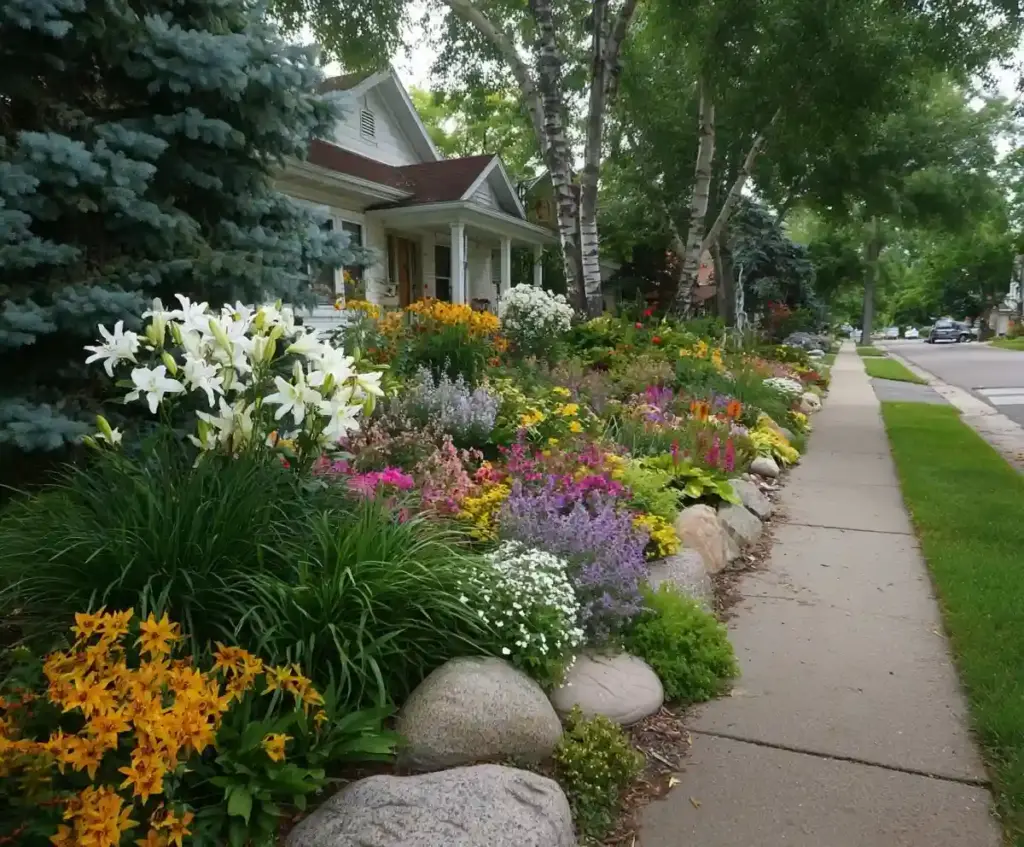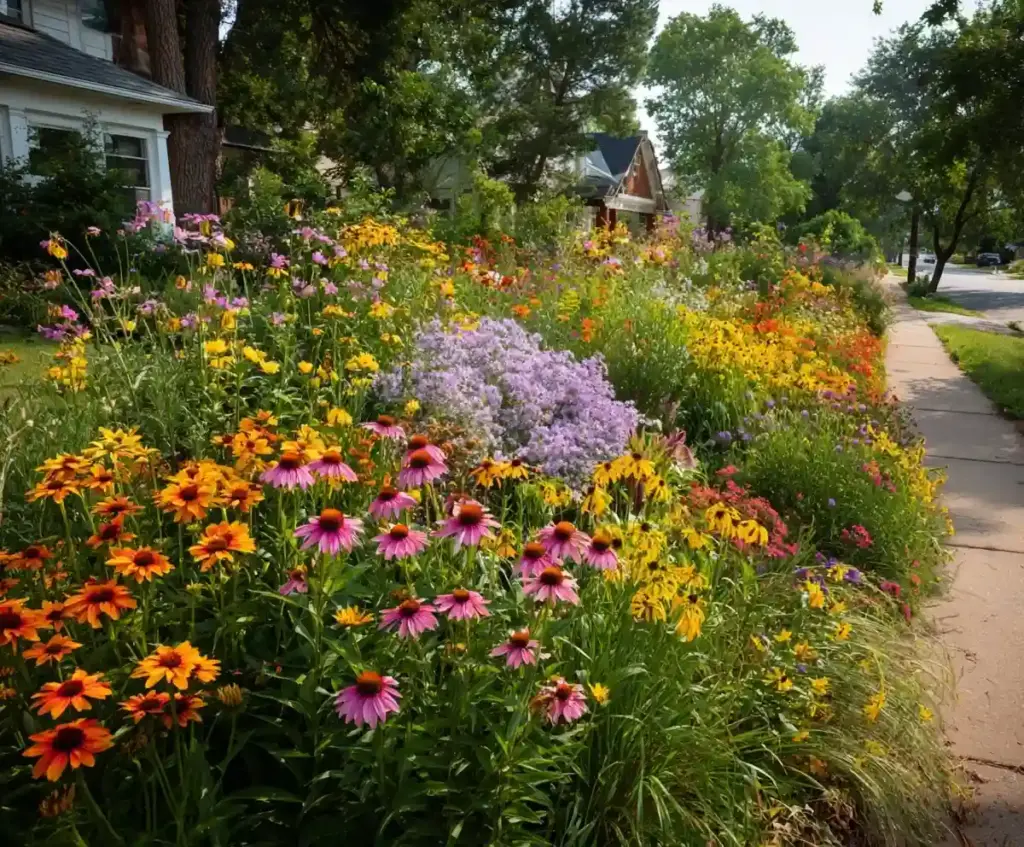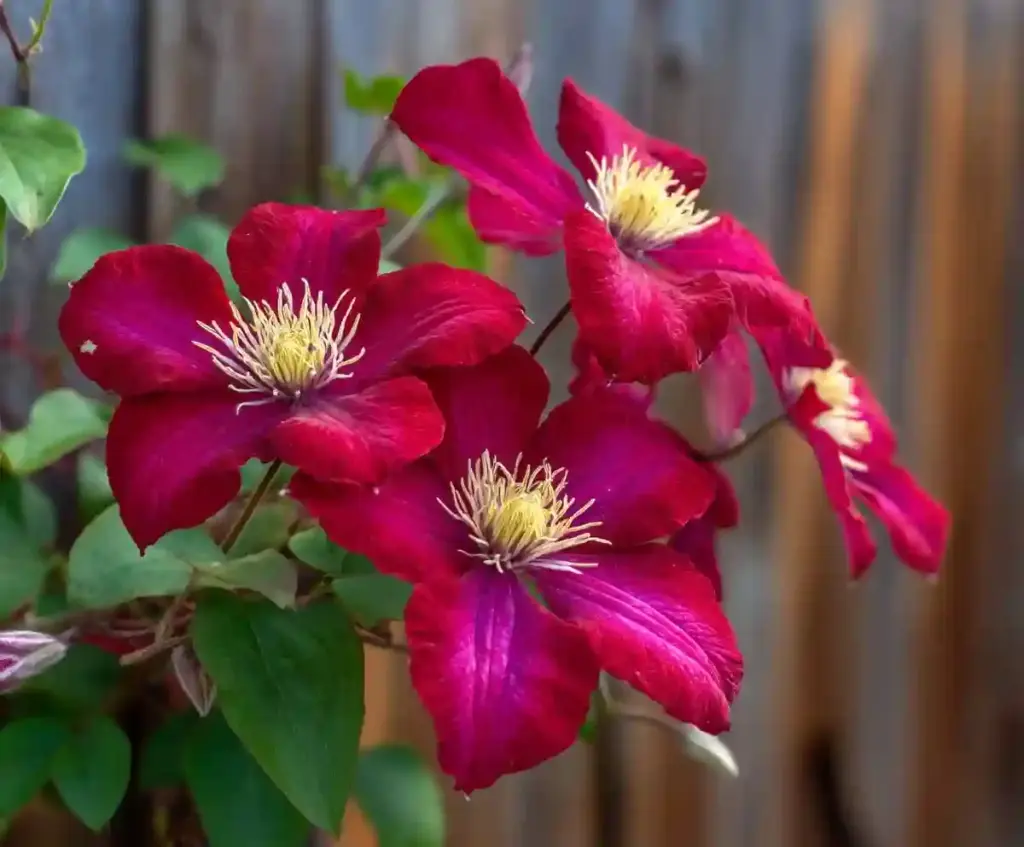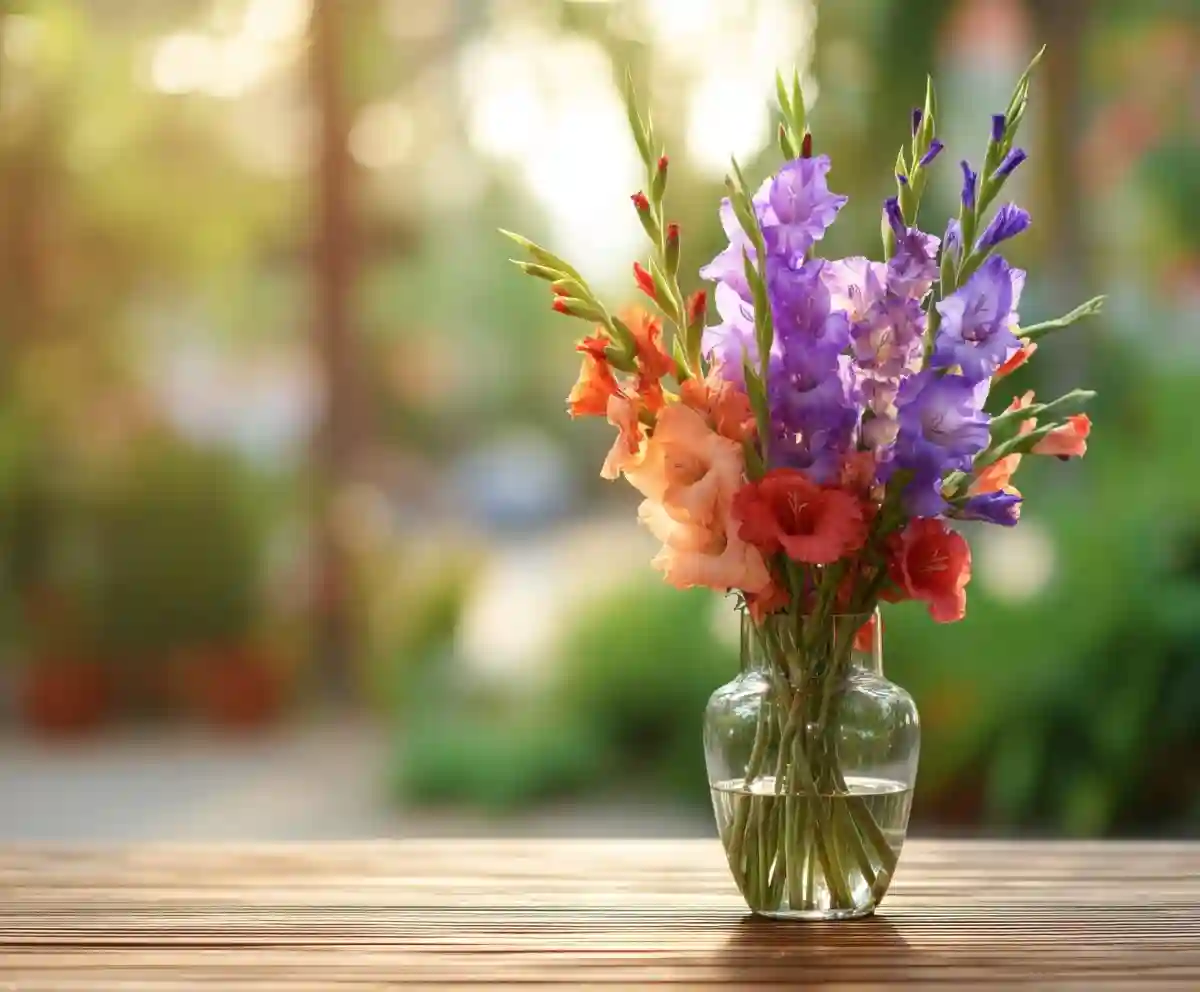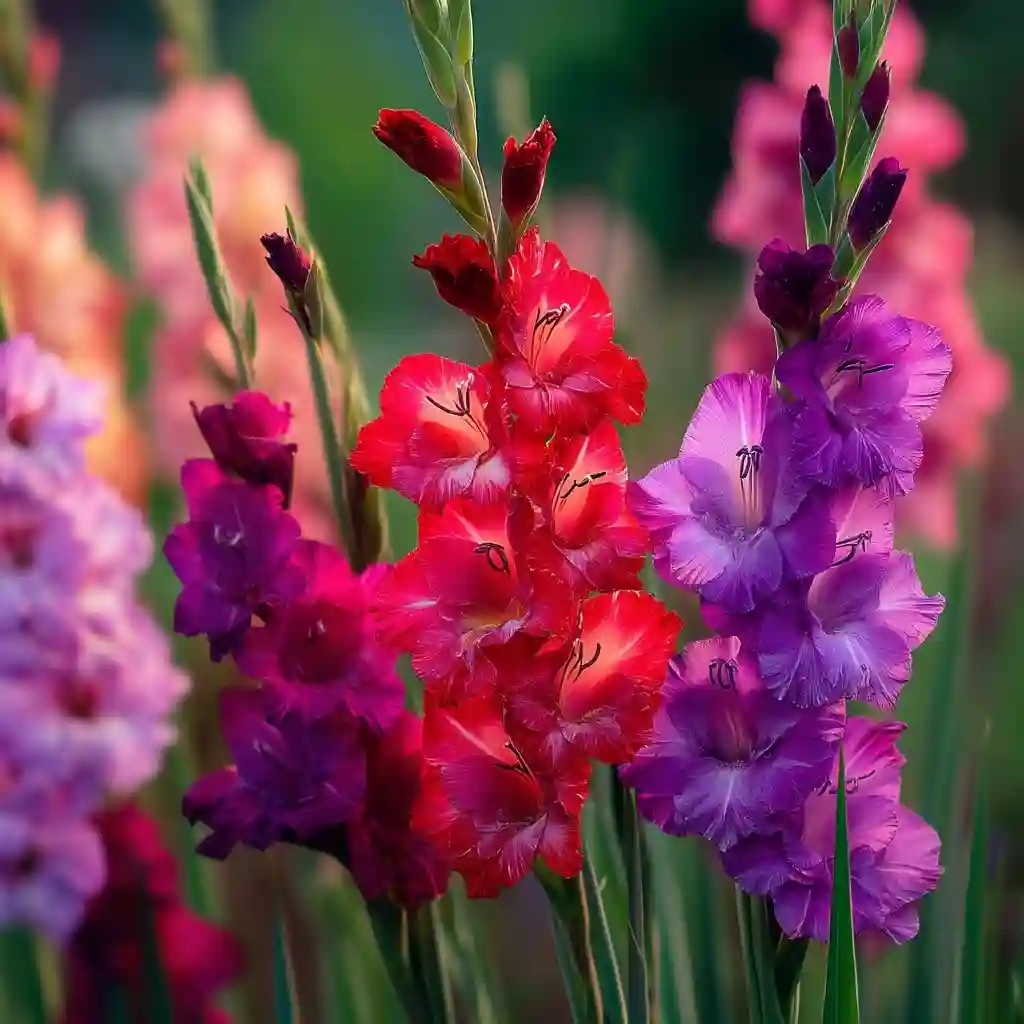August birth flower choices reflect the depth of summer’s beauty with not one, but two striking blooms—Gladiolus and Poppy. These floral symbols offer more than just seasonal charm; they carry powerful meanings tied to strength, remembrance, and creativity.
Whether you’re selecting a meaningful bouquet for someone born this month or looking to plant a vibrant tribute in your garden, August’s flowers provide options that are both visually captivating and rich with symbolic value. The duality also means there’s something for every aesthetic and sentiment—bold and structured or soft and delicate.
In this article, we’ll walk through the origins, characteristics, and symbolism of both flowers, giving you everything you need to know to appreciate and grow them in your own garden.
Table of Contents
Why Are There Two Birth Flowers in August?
Unlike some months with a single bloom, August boasts two birth flowers, each with distinct symbolism and cultural heritage. The tradition of assigning birth flowers dates back centuries and varies by region, which is why both Gladiolus and Poppy are associated with August.
The Gladiolus is often tied to values like strength, integrity, and perseverance. Its sword-like foliage and towering flower spikes reflect this bold symbolism. Meanwhile, the Poppy offers a softer, introspective contrast—representing remembrance, imagination, and consolation.
Having two options allows people to choose based on personal meaning, availability, or even color preference. Whether you’re gifting, gardening, or commemorating, both flowers serve as powerful expressions of emotion and memory tied to the eighth month of the year.
August Primary Birth Flower: Gladiolus
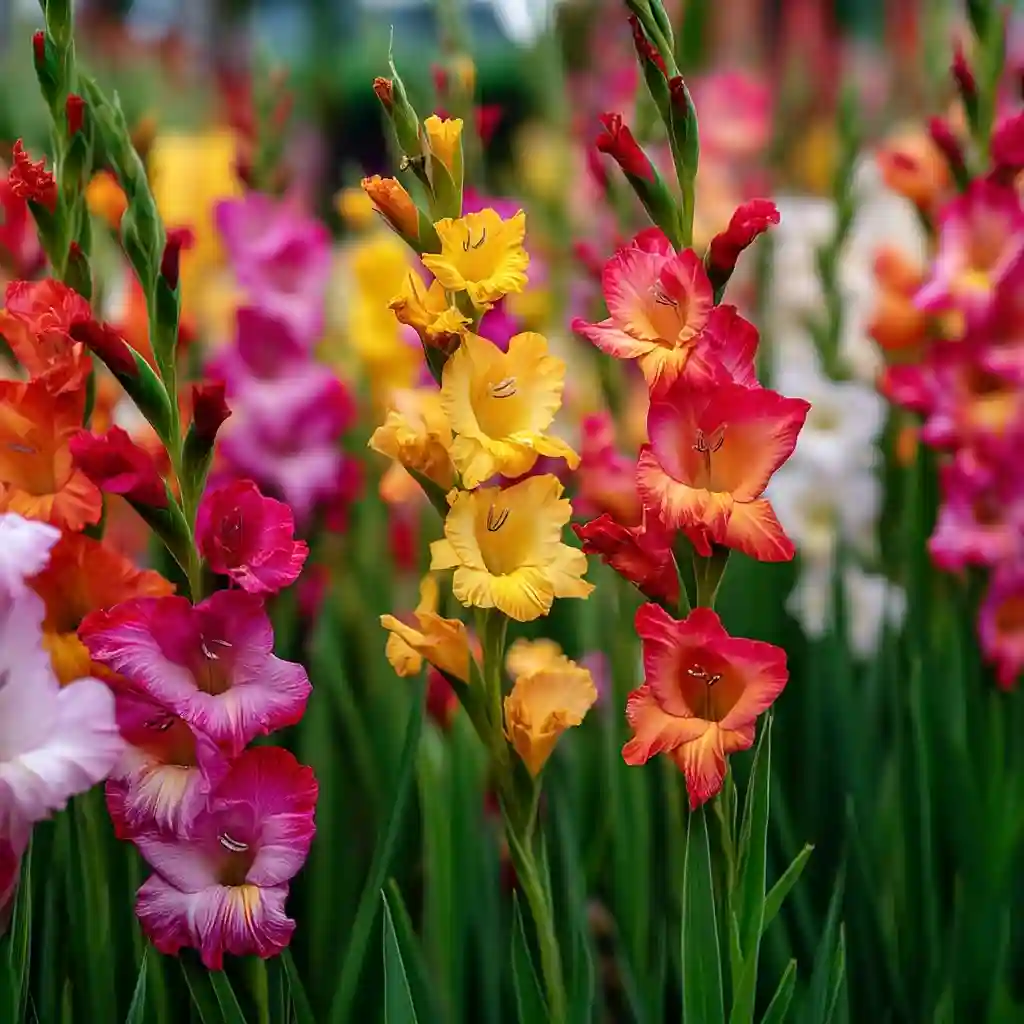
A. General Overview
As the primary august birth flower, Gladiolus stands tall—literally and symbolically. Revered for centuries, this striking plant represents moral strength, unwavering resolve, and inner integrity. Its dramatic silhouette and vivid colors make it a standout in summer gardens and floral arrangements alike.
B. Description
Gladiolus is known for its tall flower spikes, each adorned with rows of funnel-shaped blooms. The foliage is equally bold—long, sword-like leaves that cut through the air with elegance. The name “Gladiolus” itself comes from the Latin word gladius, meaning sword, which reflects both the plant’s shape and its warrior symbolism.
C. Growth Habit
This perennial grows from corms, which are similar to bulbs. Depending on the variety, Gladiolus can reach between 2 and 6 feet tall, making it perfect for the back of borders or as a vertical accent in garden beds.
D. Flower Characteristics
Gladiolus blooms are nothing short of spectacular. Each flower spike can hold up to 40 blossoms, aligned on just one side, creating a dramatic, vertical display. The petals come in a rainbow of shades—red, pink, orange, yellow, purple, and white—making them easy to coordinate with nearly any garden palette.
Some varieties feature ruffled edges or bi-colored petals, adding even more visual interest. Their sheer variety and structure make them a favorite in bouquets and competitive flower shows alike.
E. Blooming Season
As a summer-blooming plant, Gladiolus thrives in the warm months, typically flowering from mid to late summer. Gardeners often stagger planting every couple of weeks starting in spring, which extends the blooming season into early fall. This planting technique ensures fresh color throughout the hottest parts of the year.
F. Hardiness
Gladiolus is hardy in USDA Zones 8–10, where the corms can be left in the ground year-round. In cooler zones, gardeners should lift the corms after the first frost, dry them, and store them indoors until the next planting season. This small extra effort pays off with reliable blooms year after year.
G. Sunlight & Soil
To flourish, Gladiolus needs full sun exposure—at least 6 hours of direct light each day. In shady spots, the stems may become leggy and the blooms less vibrant. This sun-loving plant also prefers fertile, well-draining soil, rich in organic matter.
To improve drainage and boost flower production, consider mixing compost or aged manure into the planting site. Avoid overly wet conditions, as excess moisture can cause the corms to rot.
H. Garden Uses
Gladiolus adds dramatic vertical interest to flower beds, borders, and container gardens. Their height makes them excellent background plants, and they pair beautifully with shorter perennials and annuals. They’re also beloved as cut flowers, lasting up to 10 days in a vase when harvested at the right stage.
If you’re creating a cutting garden or looking for a showy summer centerpiece, Gladiolus is a top pick for both form and function.
I. Historical Context
The history of Gladiolus is steeped in strength. In ancient Rome, the flower was associated with gladiators, and victorious fighters were often showered with these blossoms. Its Latin name, “gladius,” directly translates to sword, mirroring the sharp shape of its foliage and its powerful symbolism.
Over time, the flower’s reputation grew across cultures—not only as a symbol of battle and honor, but also as a decorative gem in formal gardens throughout Europe and Africa.
J. Regional Origins
Gladiolus is native to South Africa, where it thrives in warm, sunny environments. Over time, these exotic blooms made their way to Europe during the 16th century. By the 18th and 19th centuries, European horticulturists began hybridizing the plant, giving rise to the wide array of colorful varieties we enjoy today.
Its journey from African plains to Victorian gardens is a testament to its adaptability and enduring appeal.
K. Symbolic Meanings
As a classic august birth flower, Gladiolus carries a host of meanings:
- Strength and integrity: A nod to its historical warrior ties
- Remembrance: Often used in funeral arrangements
- Infatuation and admiration: The blossoms are said to “pierce the heart” of the recipient
These layered meanings make it suitable for a wide range of occasions—from romantic gestures to solemn tributes.
L. Why It Was Selected
Gladiolus was chosen as August’s birth flower because of its striking beauty, powerful symbolism, and vibrant summer bloom. Its presence in both garden beds and historical ceremonies underscores its emotional and visual impact.
It reflects the resilience and intensity of people born in August—often bold, warm, and expressive.
M. Fun Fact
Here’s a smart trick: if you want continuous Gladiolus blooms all summer, try succession planting. By sowing new corms every 7 to 10 days in spring, you’ll enjoy staggered flowering from mid-summer through early fall.
August Secondary Birth Flower: Poppy
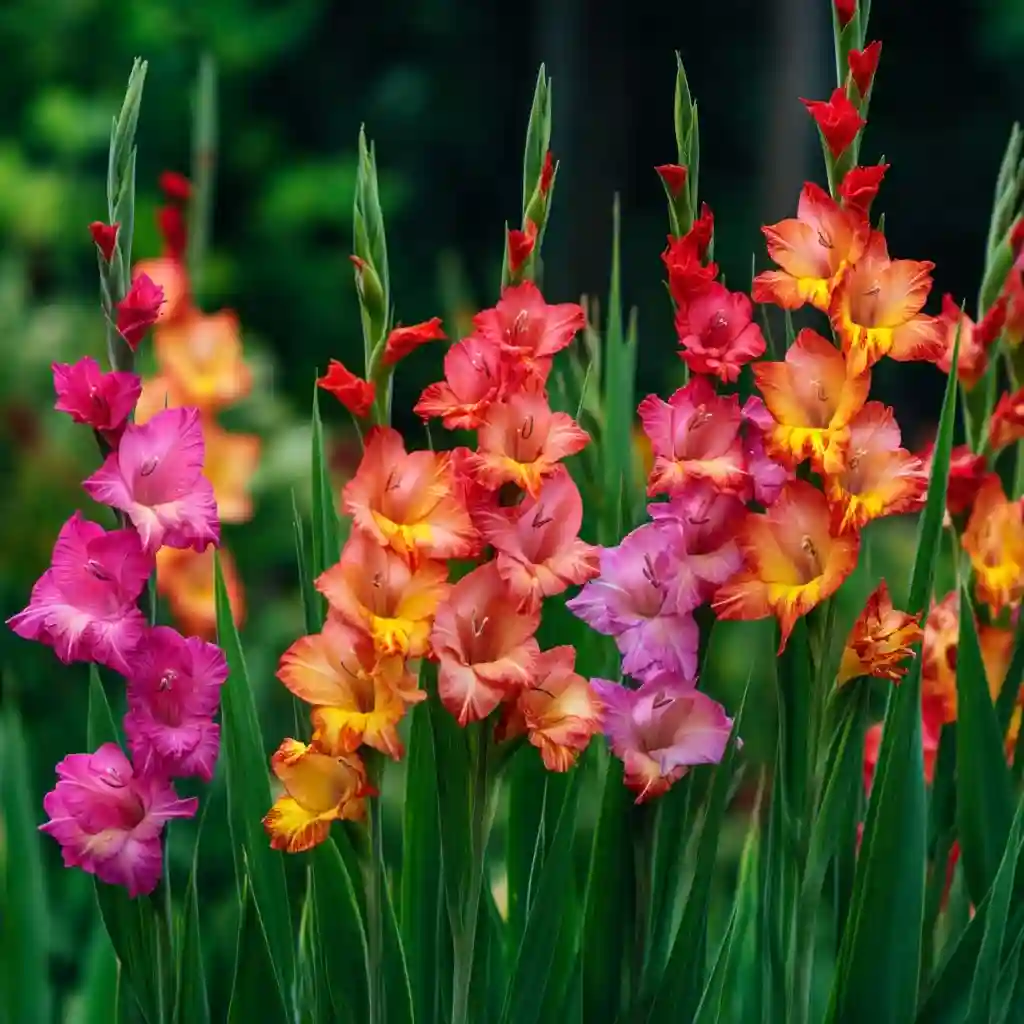
A. Overview
The Poppy serves as the delicate counterpart to Gladiolus for the august birth flower. While Gladiolus stands for strength and moral fiber, Poppy leans into symbolism rooted in remembrance, creativity, and peace.
These soft, tissue-like blooms have been revered across civilizations, appearing in mythology, memorials, and even culinary traditions. Their ephemeral beauty and poignant associations make them an equally meaningful choice for those born in August.
B. Description
Poppies are easily recognized by their crinkled, paper-thin petals and vibrant colors. Depending on the variety, flowers may appear in shades of red, orange, yellow, pink, purple, or white. Many types feature a dark central blotch, which adds to their visual drama.
They bring a sense of elegance and natural softness to any garden setting, swaying gently in the breeze with each bloom.
C. Growth Habit
Poppies come in multiple forms—annuals, biennials, and perennials—making them incredibly versatile. They typically grow on erect, branching stems, ranging from 1 to 4 feet tall.
Their foliage is often finely divided or fern-like, offering a contrasting texture to other garden plants.
D. Flower Characteristics
Poppies typically feature 4 to 6 petals, which may be single or double depending on the species. The petals often look delicate and slightly crinkled, like crepe paper. Many varieties include a dark center or blotch, enhancing the dramatic contrast between petal and core.
Their blooms are usually short-lived but prolific, often making up for their brevity with sheer volume. Once established, poppies can self-seed easily, returning year after year with minimal effort.
E. Blooming Season
Most poppies bloom from late spring to early summer, but this varies based on species and climate. In cooler regions, some varieties may continue flowering into midsummer. Although not all types bloom in August, their strong cultural and historical significance earned them a place as an august birth flower.
When combined with Gladiolus, they offer a blend of peak summer color and early-summer elegance.
F. Hardiness
Poppy hardiness varies widely:
- Oriental poppies: Hardy in USDA Zones 3–8, making them perfect for colder climates
- California poppies: Best suited for Zones 8–10, thriving in hot, dry conditions
Regardless of type, poppies prefer cooler temperatures during germination and should be planted accordingly. Once established, they’re remarkably drought-tolerant and low-maintenance.
G. Sunlight & Soil
Poppies thrive in full sun and require well-draining soil to prevent root rot. They do best in soil that is not overly rich—moderate fertility encourages stronger, more floriferous plants.
Once established, poppies are relatively drought-tolerant, making them an excellent choice for low-maintenance gardens. Overwatering or heavy clay soil should be avoided, as these can quickly lead to fungal issues or stunted growth.
H. Garden Uses
Because of their graceful appearance and rich cultural symbolism, poppies are ideal for a wide range of garden styles:
- Borders: Add texture and soft movement
- Wildflower meadows: Blend effortlessly with native grasses and pollinator plants
- Rock gardens: Compact varieties thrive in dry, rocky soil
- Cut flowers: While their vase life is short, poppies make striking, if fleeting, additions to floral arrangements
Their vivid blooms draw pollinators and pair well with hardy perennials, ornamental grasses, and other summer bloomers.
I. Historical Context
Poppies have deep roots in ancient civilizations. The Mesopotamians, Egyptians, and Greeks all cultivated poppies for their medicinal, spiritual, and symbolic value. In Greek mythology, the goddess Demeter—associated with the harvest and motherhood—was often depicted wearing a crown of poppies.
Their association with sleep, death, and resurrection comes from the plant’s sedative properties, which ancient cultures harnessed for both healing and ritual.
J. Opium Poppy
The opium poppy (Papaver somniferum) is perhaps the most historically significant member of the poppy family. It has been cultivated for over 5,000 years for its pain-relieving properties. Ancient civilizations used its milky latex to create natural sedatives, long before synthetic medicines were developed.
Though many modern poppies are ornamental, this species played a central role in medicine, trade, and even conflict. Its use spans both healing and harm, making it a complex and fascinating part of poppy history.
K. Symbolic Meanings
As one of the two august birth flowers, the poppy is deeply symbolic:
- Remembrance: Especially after World War I, when red poppies became a symbol of fallen soldiers
- Sleep and death: Tied to ancient myth and the plant’s sedative qualities
- Resurrection and renewal: A reflection of its ability to return year after year
- Imagination and dreams: Associated with creativity and the subconscious
- Consolation and sympathy: A thoughtful gesture for those experiencing grief
These layers of meaning make poppies incredibly versatile in both personal and ceremonial settings.
L. Why It Was Selected
The poppy’s blend of visual beauty, emotional weight, and historical relevance earned it a place as the secondary august birth flower. It resonates with the complexity of the human experience—joy, memory, rest, and reflection—all captured in a single, delicate bloom.
For those born in August, the poppy offers a poetic representation of their intuitive and imaginative nature.
M. Fun Facts
- Poppy seeds are edible and commonly used in baked goods like muffins, bagels, and pastries
- In some cultures, poppy seeds are a symbol of fertility and abundance
- Self-seeding poppies often return more robustly each year, with minimal gardener input
Conclusion
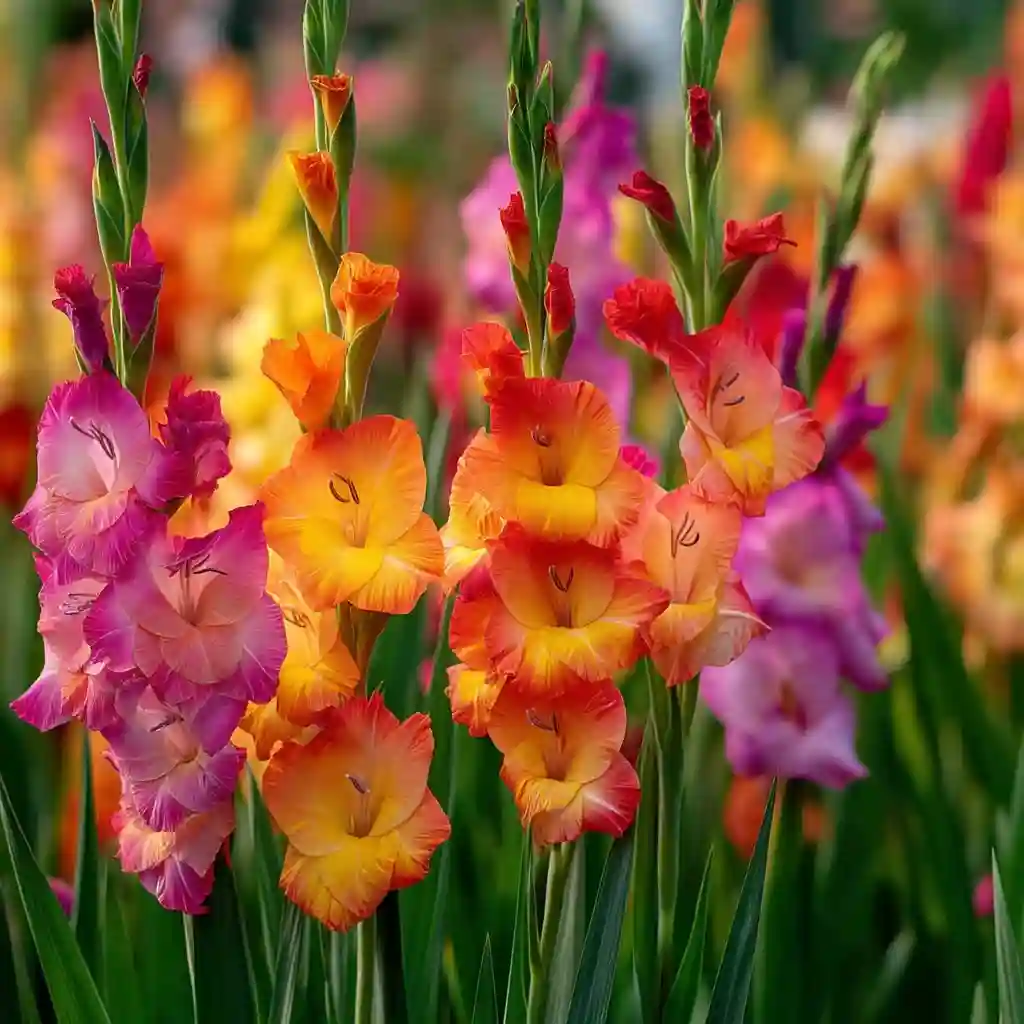
Whether you lean toward the bold, architectural presence of the Gladiolus, or the soft, meaningful elegance of the Poppy, August offers two powerful botanical symbols. Each flower tells a story—of strength, memory, resilience, or emotion—that resonates with the spirit of those born in the warmest days of summer.
As the august birth flower, Gladiolus celebrates integrity and admiration, while Poppy honors dreams, remembrance, and beauty in fragility. Together, they offer rich, complementary options for the garden, the vase, or heartfelt gestures.
Looking to grow either of these blooms? Be sure to choose varieties suited to your climate and sun exposure, and you’ll enjoy a summer garden filled with symbolism and color.
🌿 Love gardening inspiration? Follow me on Pinterest for bold plant ideas, tips, and seasonal color!
More Posts

